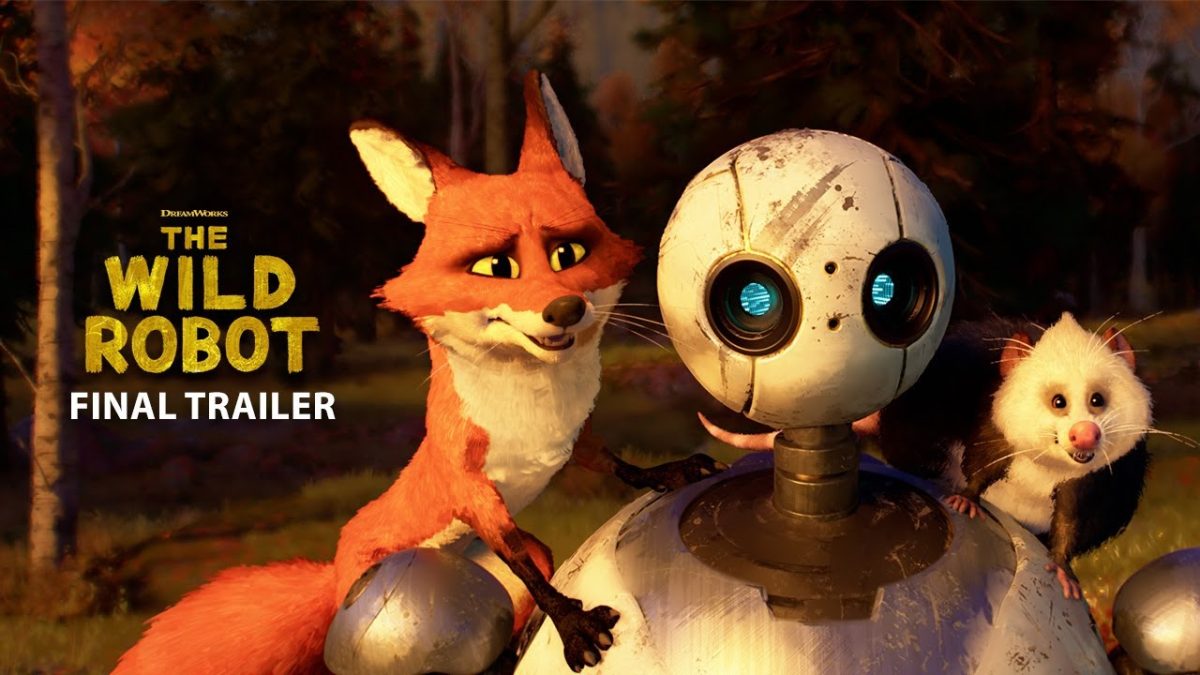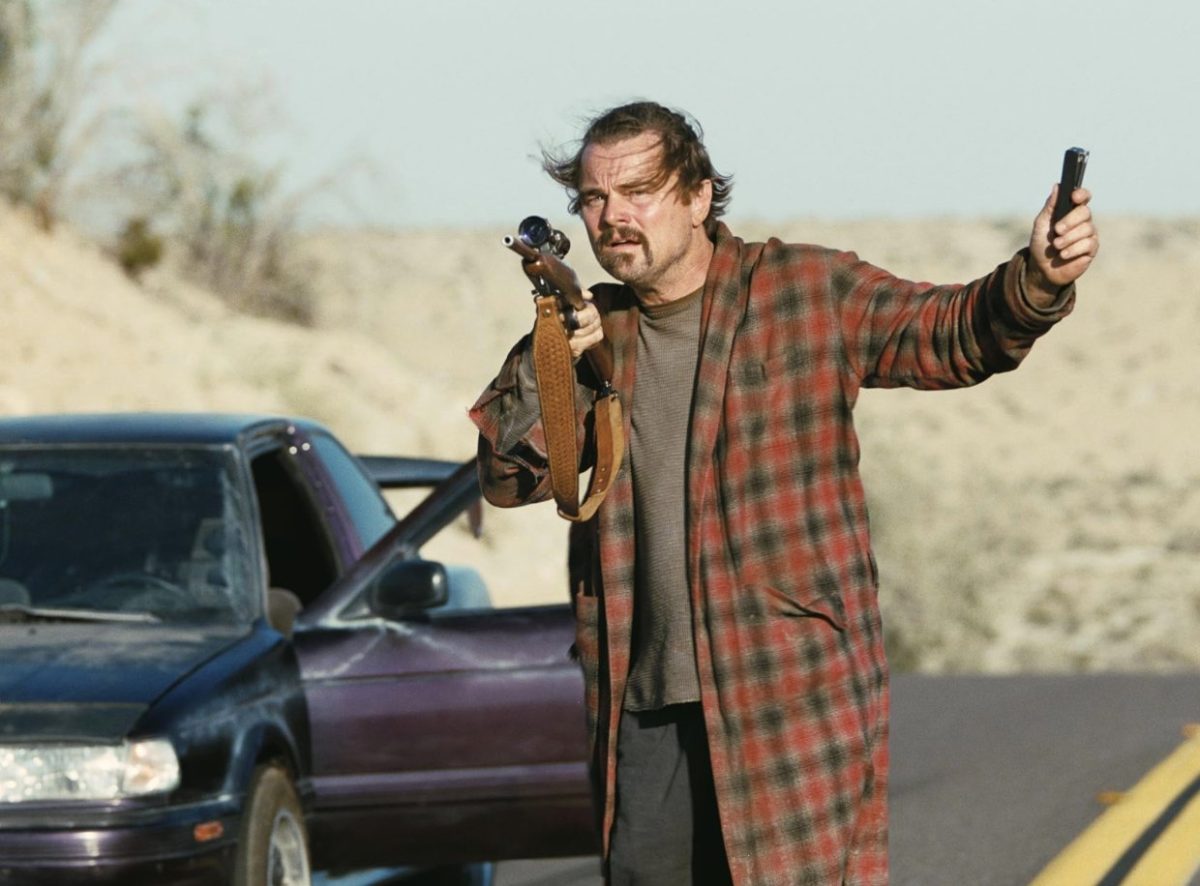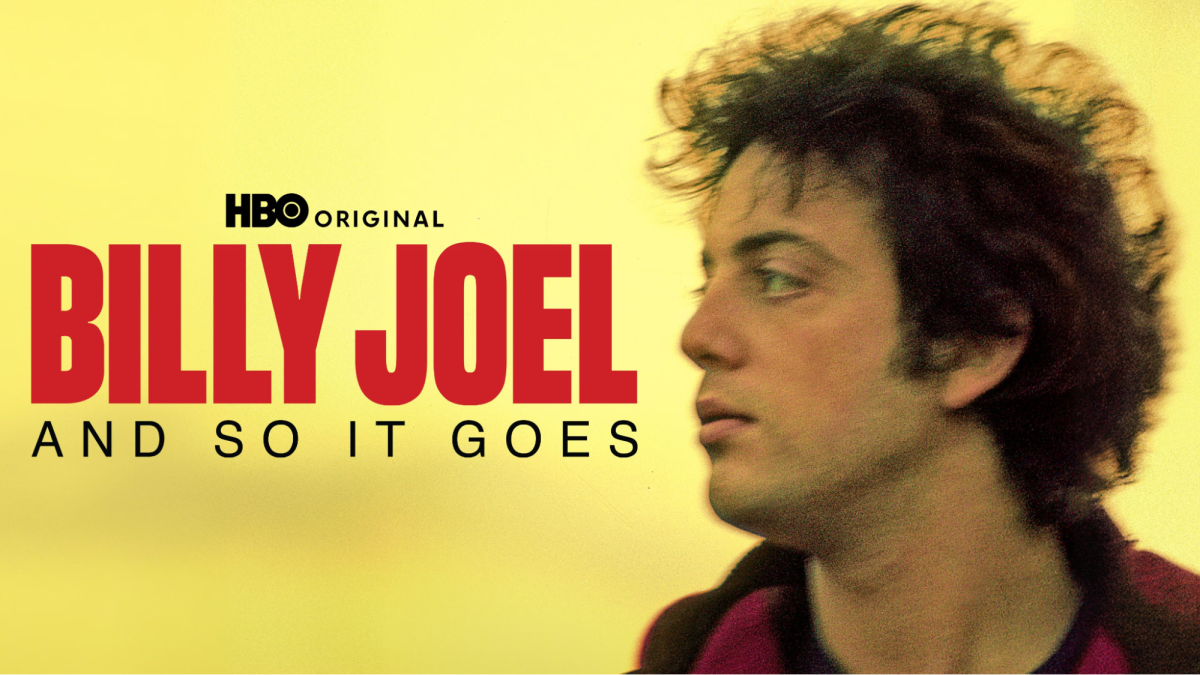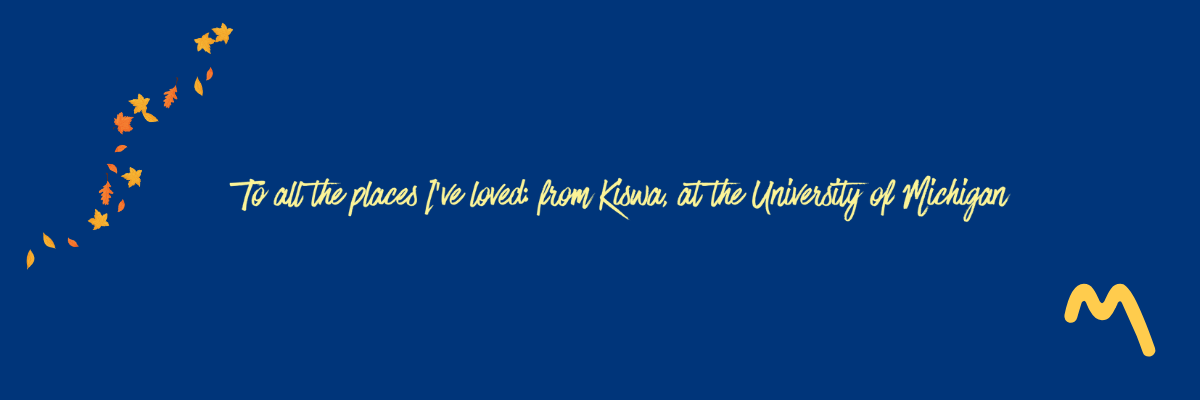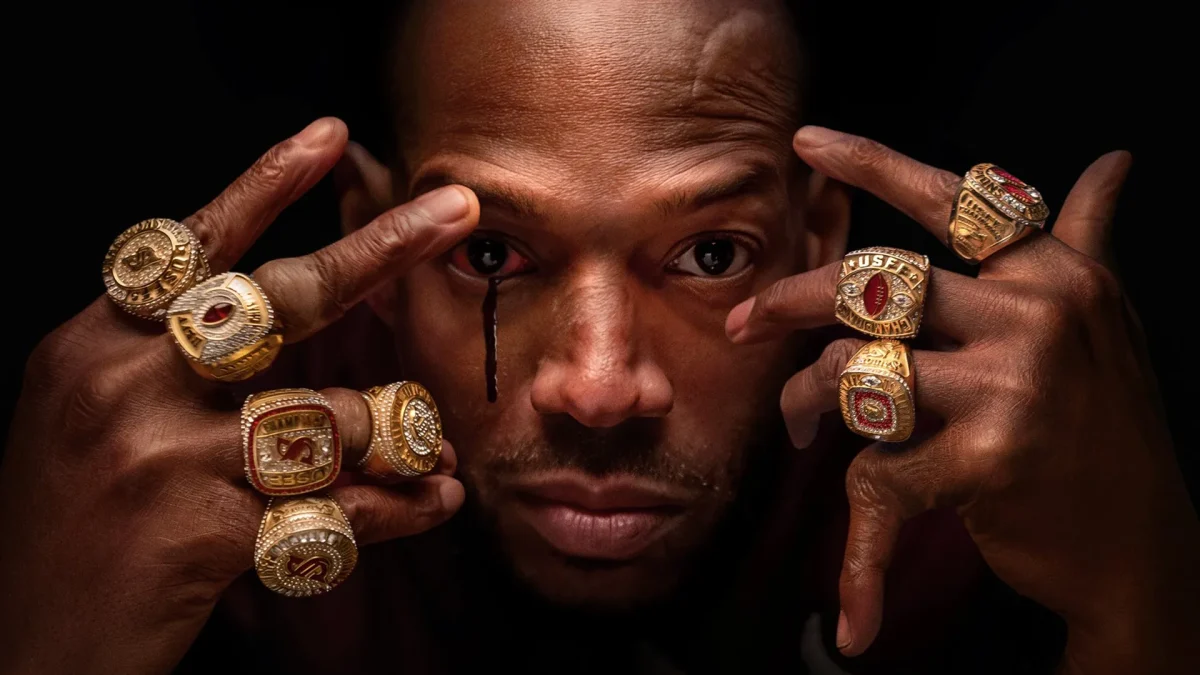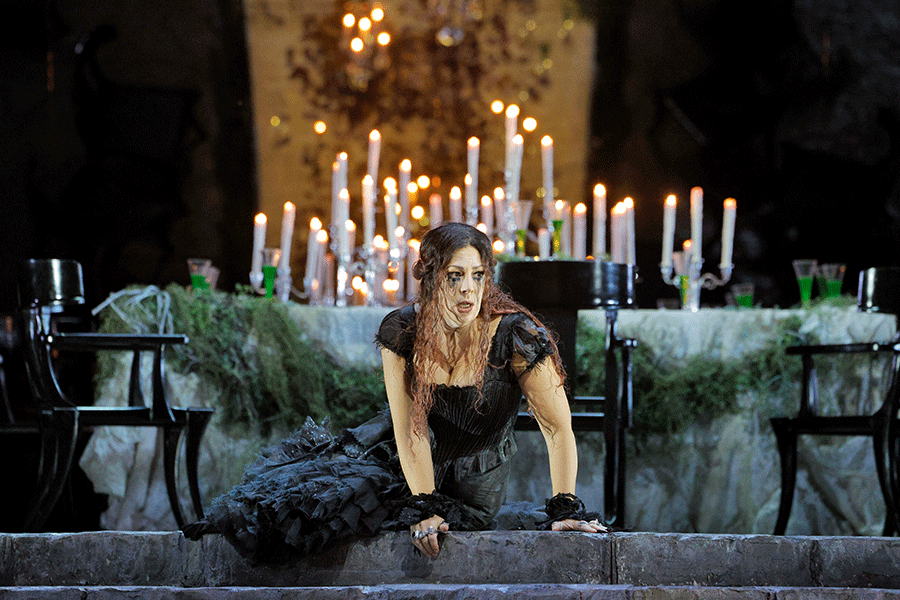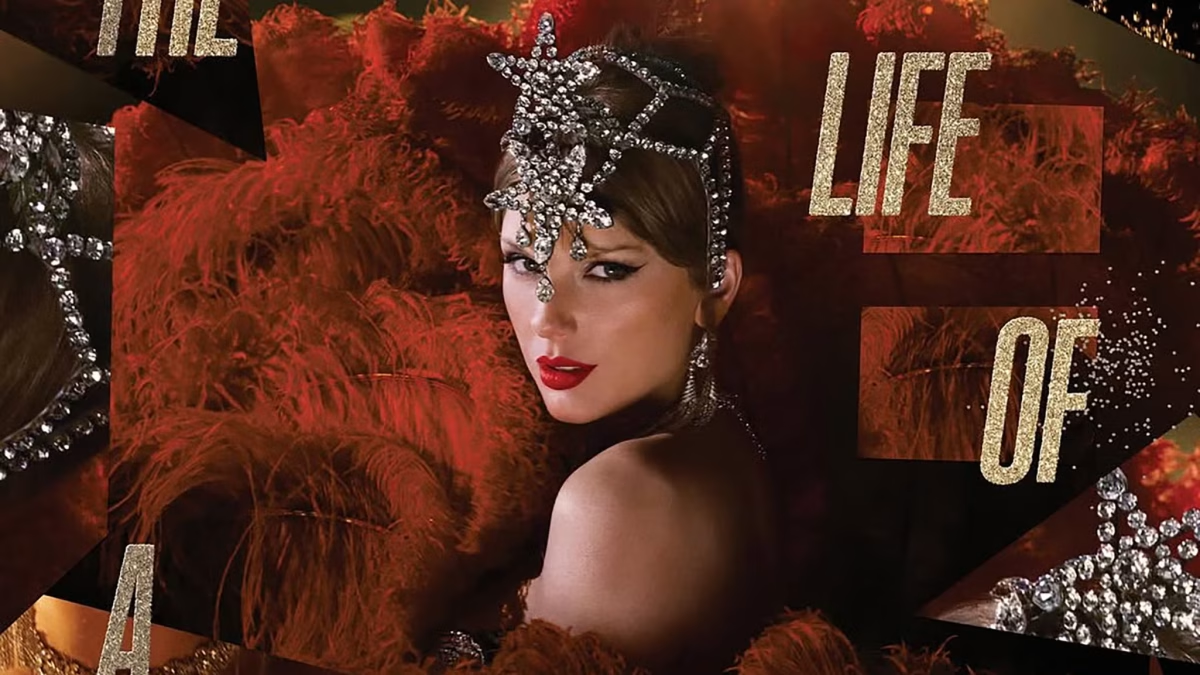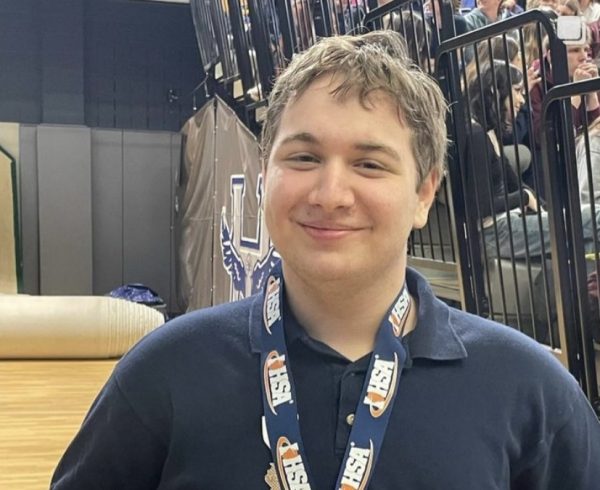Based on the popular children’s book of the same name by Peter Brown, Dreamworks’ The Wild Robot released in American theaters on Sept. 27, 2024. Same as the book, the film tells the story of Roz (Lupita Nyong’o), a futuristic human-assisting robot that finds herself washed up on the shore of an island filled with wildlife. Desperate to find a customer to give her a task, she searches the forest in an attempt to find human life but to no avail—only animal life. She begins to study the language of the animals by sitting and studying in silence for a long time, so that she can understand and speak to the animals. While The Wild Robot may seem like just a fun children’s film about a robot talking to animals, in it are themes of (almost human) loss and motherhood that leave even adults crying out of the theater.
Almost immediately, it is clear that Roz is not entirely robot; she exhibits human traits. She stutters, she makes incorrect calculations that leave her damaged, and the filmmakers choose not to reuse the exact same voice lines when Roz repeats herself. Also, rather appropriately for a human-like character, the animals are scared of Roz, calling her a monster and running away from her. After learning the language of the animals, she speaks with them, only to be dismissed and ignored. She then sends a signal, but to no response. Later a fox named Think (Pedro Pascal) attempts to trick her into giving him an egg, which she refuses to do. Very soon, however, the egg hatches into a gosling, which she does not know what to do with. Think then gives Roz the tasks which she follows throughout the rest of the movie: feeding the gosling and teaching it how to swim and to fly. Think joins Roz on this journey.
A very deep relationship develops between Roz and the gosling, who is named Brightbill (Kit Connor) for his uniquely bright bill (a facet of Roz not knowing how to name living creatures, being a robot). Much to Brightbill’s detriment, not only is he considered a runt by other geese, but his unique upbringing causes him to use unnecessarily advanced language in casual conversation among other robot-esque behavior. This causes him to hate his mom Roz, reflecting the behavior of the stereotypically rebellious human teenager. Brightbill, in an attempt to rid himself of Roz, insists that her aforementioned tasks are completed, but she refuses.
These events cause Roz to question who she is, having overridden her original programming (many of her robotic facets) to take care of Brightbill. More-so than before, because of this override, she exhibits very human traits: her voice has emotional inflections, she chuckles, and she even learns and states that names can not have numbers in them. After learning that the island’s geese are due to fly south for the winter, Roz and Brightbill reunite, so Brightbill can “fly to fall” and so Roz can complete her tasks.
After a montage of Roz attempting to teach Brightbill to fly, going so far as to build a runway out of rock to help him, Brightbill finally not only flies, but does so long enough to be considered for the flock flying south. After Brightbill joins the flock in flight, Roz almost immediately regrets her decision. Her and Think brood in Brightbill’s absence, with Roz even asking Think, “How do you know you love someone?” At this point in the film, it wouldn’t be rare to see a few tears streaming from the audience’s faces, which only continue as the movie progresses.
As for the quality of the film itself, it certainly delivers. The soundtrack is filled with orchestral booms and pop beats. The animation is highly detailed and just what you’d expect from a DreamWorks production. And as for the characterization—which is essential in animated adaptations—if not already evident by Roz’s human traits, is carried out extremely well.
The film ends with Roz leaving the animals, who have since grown to love and respect her, saying that she must go with Universal Dynamics, the company that built her. Roz worries that if she does not leave, Universal Dynamics will just keep coming back, leaving the animals vulnerable to being hurt. So, she leaves, and becomes another one of the countless human-assisting robots within the futuristic human society. If there was ever a time to watch a children’s tear-jerker on the big-screen, now is that time. The Wild Robot showcases an extraordinary emotional and well executed humanization of its characters, despite the main one being entirely machine, that makes them fun to watch and worth sobbing for.


